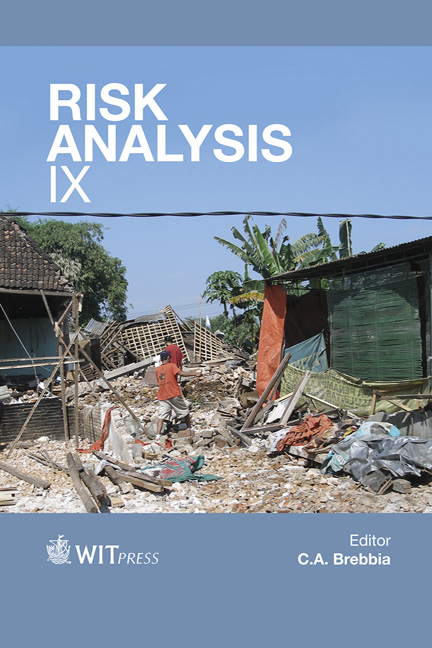Innovative Modeling Methodology For Mapping Of Radon Potential Based On Local Relationships Between Indoor Radon Measurements And Environmental Geology Factors
Price
Free (open access)
Volume
47
Pages
11
Page Range
109 - 119
Published
2014
Size
2,927 kb
Paper DOI
10.2495/RISK140101
Copyright
WIT Press
Author(s)
S. De Novellis, A. Pasculli & S. Palermi
Abstract
The aim of this study is to investigate the relationship between environmental variables and indoor radon concentration. Such relationships are important for mapping the geogenic radon potential, considered as the quantity associated with the risk of radon that only depends on the geological and geophysical conditions of the area considered. In fact, a proper definition of the radon potential could provide a guide for the identification of radon-prone areas, in particular when the number and/or quality of indoor radon data are inadequate. Generally, the assessment of radon potential is obtained via a global inference technique, assuming that the relationship studied is spatially stationary. Our approach, instead, analyzes the consequences associated with significant changes of the spatial relationship between indoor radon measures, adequately corrected, and geological features. This allows us to estimate the indoor radon concentration by considering local environmental properties, in agreement with the geogenic radon potential of the underlying soil. Therefore the approach followed allows us to map more precisely any area of high radon concentration. The spatial statistic analysis has been performed by Geographically Weighted Regression, GWR. Thanks to the indices of spatial autocorrelation analysis and GWR, we have shown the presence of localized effects and differences between variables in space. The final map of
Keywords
radon potential, temperature, Geographically Weighted Regression





